
Do you know the web came into existence in the year 1990s? The scope of websites has so much evolved and is different from what it was a couple of years ago. Earlier, developers created websites that were stuffed with plain text and words all around. But today’s websites focus on providing the best user experience to customers who land on it. And this makes the web development future a promising one!
If you keep an eye on statistics – There are approximately 5 billion users who search on the internet. And as you might be aware, Google is the biggest search engine and a popular website worldwide. Can you imagine how many monthly visits take place on google.com? There are approximately 86.9 billion monthly visits to its website.
If you are ignoring this fact – Why must a website be developed? Then you are missing out on a large number of potential customers.
Let’s look at more statistics – Research from the US Bureau of Labor says that the demand for web developers will rise by 8% from 2019-2029.
In this article, we will take a deeper look to understand what exactly web development is, the types of web development, and a glimpse into the future of web development.

What Is Web Development?
Website matters a lot for every organization, whether a unicorn brand or a small-scale organization. Websites represent the face of the company. Customers make the discovery of products on the website first. Therefore, having a website has become the need of every business. Developers are creating websites that have a good user interface and could provide the best user experience.
Regarding web development, web development means constructing a website and creating web applications online. Developers perform a set of coding functions to develop a website. When it comes to developing websites, many things are involved, from writing code, creating a design, and ensuring website maintenance.
In a nutshell, web development is the process of building websites and web apps. Websites can be either dynamic or static (where content remains static). Examples of static websites include news, portfolio, and blogging websites.
However, web apps have added functionalities and features that can be accessed through web browsers. Web apps have an interactive layout and are more responsive. Though these apps look similar to mobile apps, they are different. There are a variety of web apps on the internet, ranging from SAAS provider websites to Progressive Web apps.
Types Of Web Development
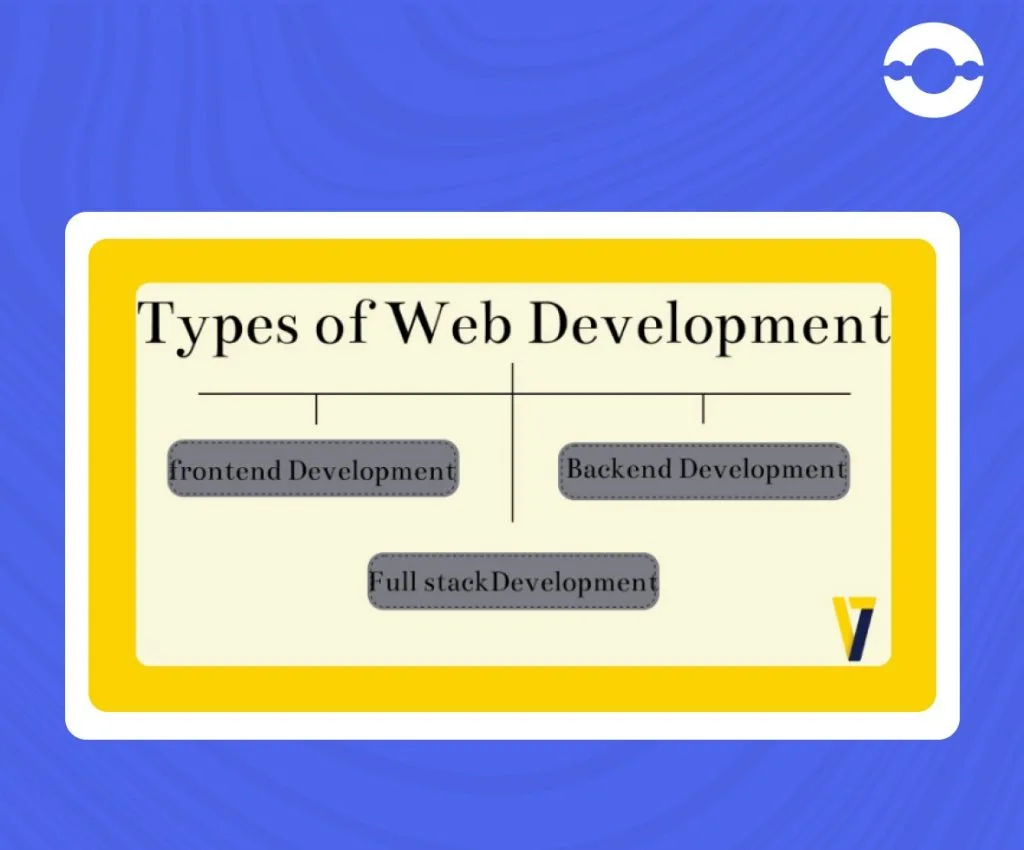
There are 3 types of frameworks used for developing a website –
Developers Can Develop Websites Using Platform Frameworks.
Here are a few ways through which Developers can create websites-
1. WordPress
WordPress is a content management system that allows bloggers, business owners, and freelancers to create a website for free. Users can create and modify the website on the go, even without basic coding skills. More than millions of business owners are building their websites using WordPress.
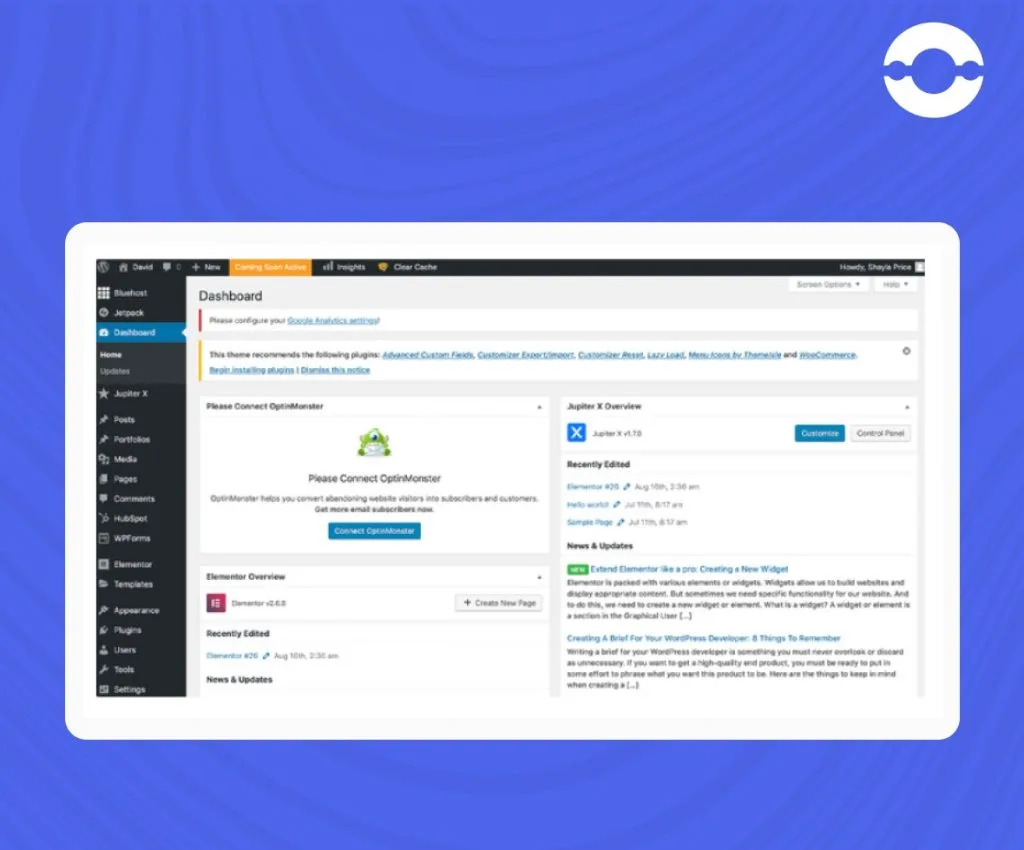
Not only this, WordPress has inbuilt WordPress themes that allow users to polish their websites. WordPress also contains add-on plugins that a user can download to improve the website’s functionality.
2. Magento
Magento is an online source content management system that allows businesses to set up and manage their e-commerce stores online. This platform is suitable for companies and shop owners who are keen to set up a new online store or looking to find a way to expand their existing business.
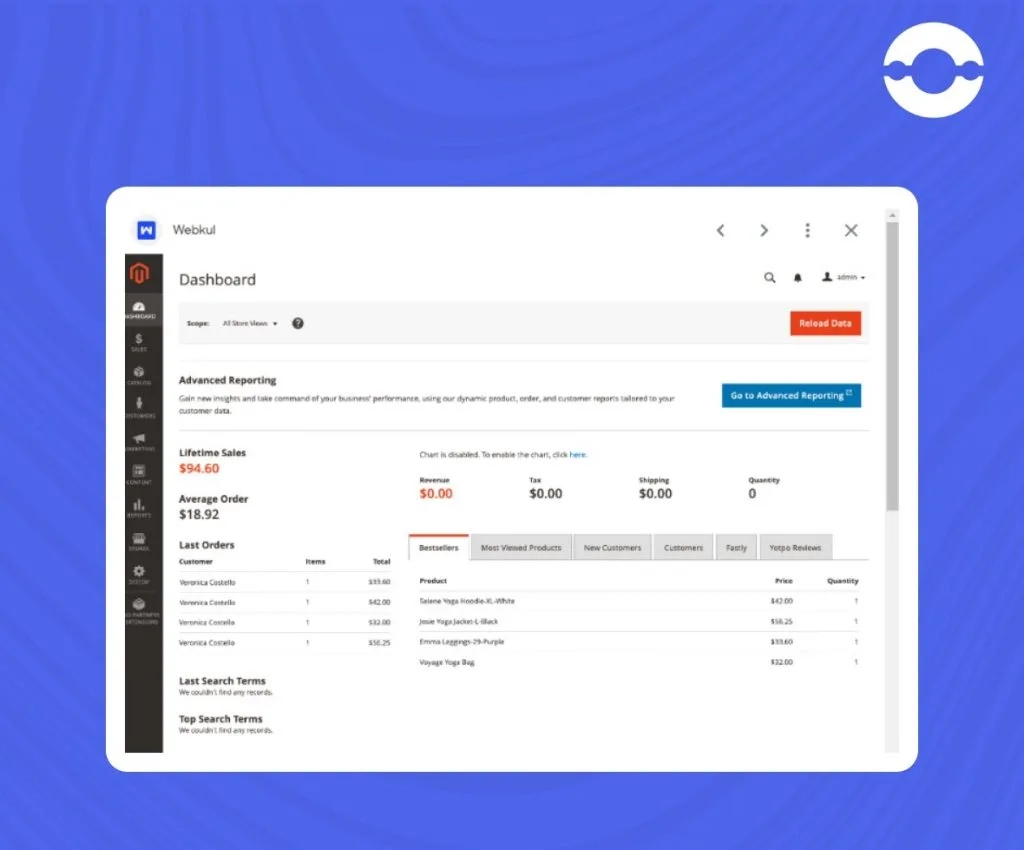
It is similar to WordPress. However, it is considered a popular e-commerce platform in the world. Many B2B and B2C businesses use Magento to build their e-commerce websites, such as Coca-cola, Samsung, Ford, Canon, Nike, etc.
4. Joomla
Joomla allows users to build a website for free using Joomla software. It is also an open-source content management system enabling business owners to create a website using customizable elements. Joomla offers the ability to develop user-friendly interfaces for building high-quality websites.
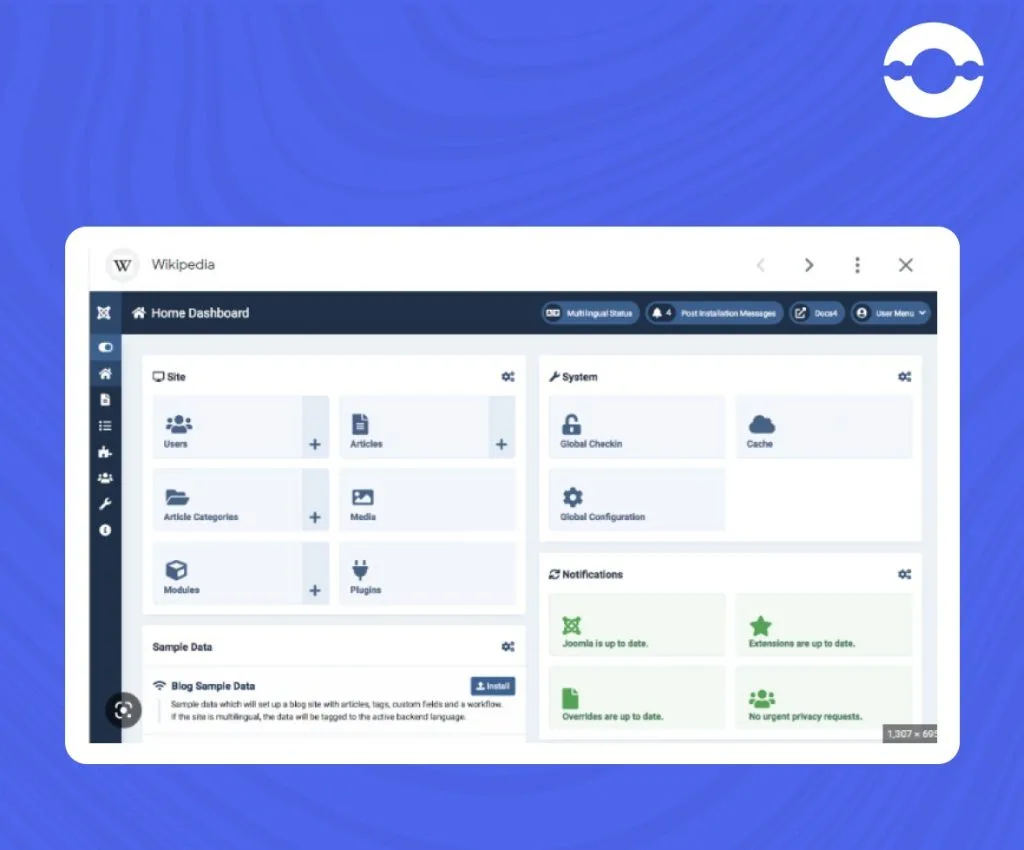
Therefore, Joomla is suited for creating websites that require a lot of customizations, such as e-commerce websites.
2. Low Code, No Code Platform
Low-code, no-code platforms are great for developers who have little to no expertise in building websites. Low code, no code platforms allow web developers to create a website using drag-and-drop components, provided they have some technical knowledge.
Now, it has become possible for developers to create complex websites or web apps. Thanks to this no-code/low-code technology.
If we highlight important statistics – According to the Forester report, the demand for low-code platforms will reach more than $21 billion in the coming 5 years.
Examples of low code/ no code platforms are Zoho, Visual Lansa, knack, etc.
Consider an example of Shuffle.dev – Shuffle. Dev allows you to create engaging and beautiful websites with just a few clicks in a few minutes. You need to worry about creating attractive websites as Shuffle has inbuilt more than 6900 UI components to help you create e-commerce templates and landing pages.
Creating a website has become easy by using a simple drag-and-drop feature.
3. Custom Web Development
Custom web development involves developing customized websites that adapt to your business needs and requirements. Businesses that want to create a unique website that addresses the specific needs of users can go with creating custom web apps.
If you pay attention to the graph below, it shows that your business’s revenue will suffer if your website loads slowly. A slow-loading website increases your site’s bounce rate, which in turn lets visitors leave your site.
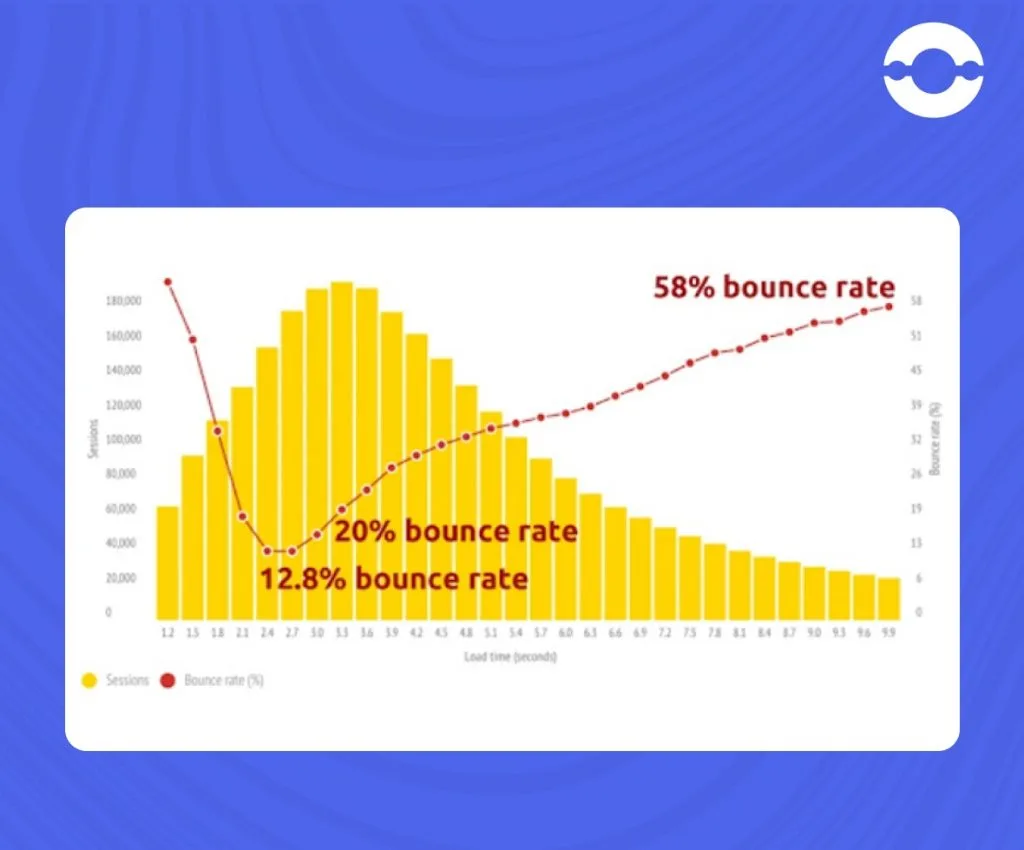
Source – Software suggest
Therefore, creating a custom website is the perfect option to avoid such challenges.
Future And Scope Of Web Development In Emerging Technologies
Here’s the Future and Scope of Web Development in Emerging Technologies-
1. Chrome Extensions
Websites that offer the functionality to add extensions on Chrome provide a better experience to the users. Chrome extensions are primarily software programs that customize the browser’s experience.
Therefore, extensions prove to be a handy tool for individuals to perform multiple tasks and, at the same time, enable the employees to save their hours and efforts as they need not worry about going to the website again and again to perform a separate task.
Now more and more businesses are developing their websites by adding the functionality of customized chrome extensions that reduce the flow of friction in day-to-day processes. Hence, chrome extensions increase the productivity of users by 2x.
Consider an example of websites such as Grammarly, chatgpt, quilbot that provide a competitive edge to users to add these extensions in their chrome browser.
For Instance – the Grammarly website allows users to add its extension to chrome so that you need not worry about grammar and spelling mistakes while you write. This way, users can focus on other important business tasks, and the Grammarly extension will do the job independently.
Also, adding chrome extensions allow the business owner to take some permissions that a standard website can ever have.
2. Progressive Web Apps
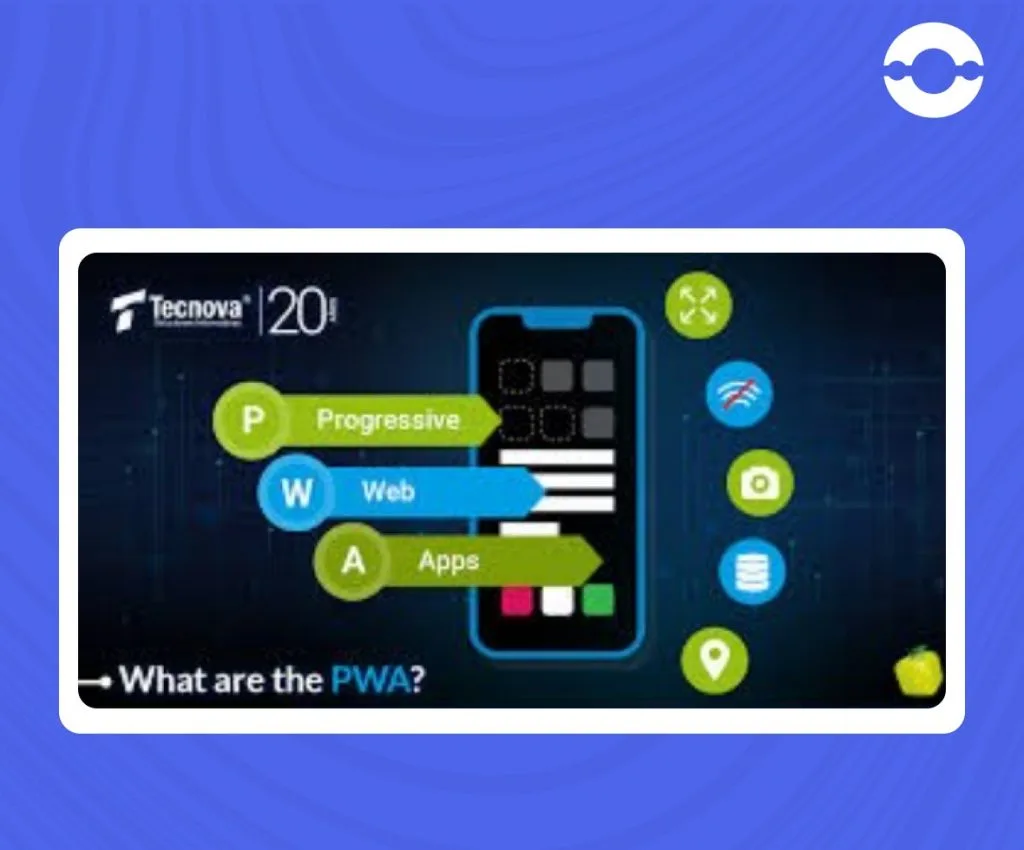
Progressive Web Applications are those apps that can be accessed through the web. These apps are best to develop as they allow users to access the web application with little to no internet connectivity.
PWAs are considered the future of web development as these apps offer a native look and appearance.
Developers need not worry about creating separate apps for various platforms as PWA apps offer an added functionality to the users to access the app in mobile-type layouts. Users can install the app in the browser to access the app features.
Various companies have developed PWA apps, such as Starbucks, Airtelxstream, Starbucks, BMW, etc.
Also Read: Progressive Web App – Benefits And Uses
3. Artificial Intelligence
Today, many websites are leveraging the use of AI technology in their websites. AI technology helps business owners predict customers’ behavior based on previous experience and tries to design the user experience accordingly.
For Instance- Websites integrated with AI technology can predict which customers will likely to buy from you. With the advancement of AI technologies, developers are providing customers with what they need. Thus, enabling a personalized experience.
4. 360-Degree Videos
Another emerging advancement in website development is adding 360-degree videos. Having 360-degree videos on the website provides a unique experience for visitors.
Consider an example of Lowe’s company – It uses 360-degree videos, allowing customers to see the inventory from all angles in 360-degree look.
Which Framework Is Best For Your Website Development Needs?
- The development of a website using existing platform frameworks such as WordPress, Magento, etc., offers limited customization options, affordable for anyone but do not provide better performance to the users.
- In custom web development, the developers design your website based on the customer’s needs. The website is easy to design, and performance is good as more time and effort are involved in building a website, but at the same time, the cost of developing custom websites is expensive.
- However, in the case of low code no code framework, business users can create websites using low code no code platforms such as Shopify, Presta, Wix, ghost, and Shuffle dev. by using drag/drop features and smart connectors.
Most business owners choose this framework as they can create 80% of websites using a low code, no code platform and customize 10% of the stuff.
However, the website user should have the technical understanding to create a website. Hence, business users can create an engaging website that offers superior performance and is developed within a couple of minutes.
Wrapping Up
Now, you might get an idea of why the scope of web development is essential for any organization. Every B2B or B2C business or corner shop needs a website to sell its goods and services. So, if you do not have a website as of now, then you will pay for that in the future.
FAQs
Yes, website development is a promising career for the future, as many companies need to reach customers by launching a website. Hence, they need website developers who have expertise in creating websites
Web developers are responsible for creating high-quality websites; users can access them only with good internet connectivity. On the contrary, mobile app development means developing mobile apps. Users can access mobile apps locally within the app.
Front-end development deals with managing the user interface of the website. On the other hand, back-end development is responsible for managing project structure.
1. Chrome extensions
2. Progressive web apps
3. Artificial intelligence
4. 360-degree videos
Also Read: Advantages Of Agile Methodology In Web Development





Josue Kreisler
April 8, 2024Good day” i am doing research right now and your blog really helped me.